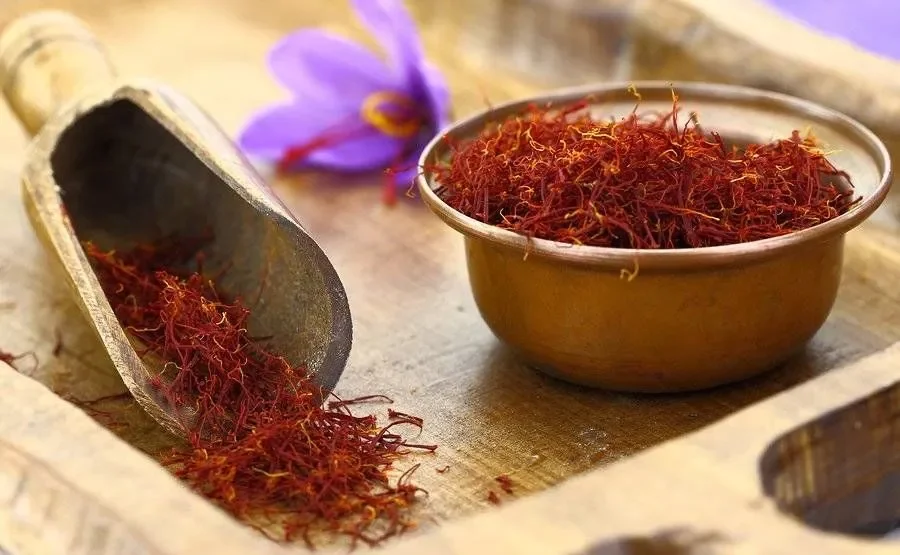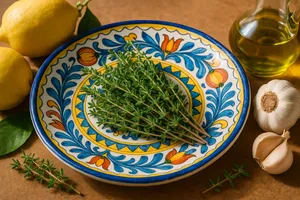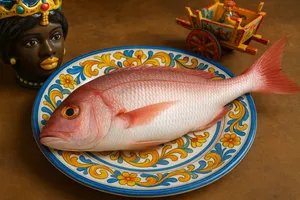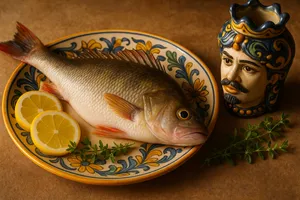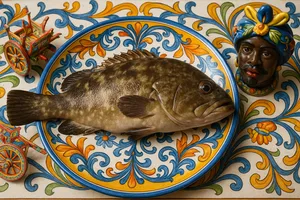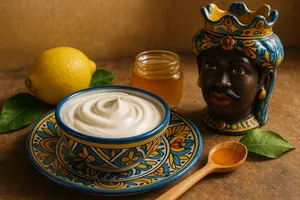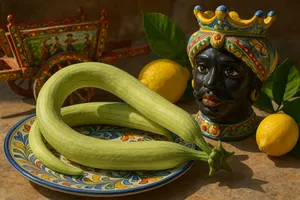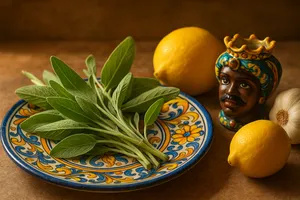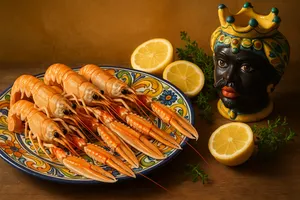Saffron, known scientifically as Crocus sativus, is one of the most precious and fascinating plants in the botanical world. Belonging to the Iridaceae family, this herbaceous plant with lilac flowers is cultivated mainly in Asia Minor and in countries overlooking the Mediterranean. Its economic and cultural importance has been recognised for centuries, thanks to the stigmas from which the prized spice used in countless culinary preparations is obtained. In Italy, saffron cultivation boasts an age-old tradition, with regions such as Umbria, Marche, Sardinia and Abruzzo distinguished for the quality and refinement of their products.
The name “saffron” derives from the Arabic “za’faran”, meaning “yellow”, a direct reference to its vivid colour that transforms even the simplest dishes into true culinary works of art. Often associated with the renowned risotto, this golden powder is a fundamental ingredient in traditional cuisine, used not only for flavour but also as a natural colouring.
History
The history of saffron is rich in fascination, taking the reader on a journey through time beginning as early as 3500 BC, in the palaces of Knossos in Crete. This flower appears in ancient writings such as the Bible and the Iliad, celebrated for its unique qualities. During the Roman Empire, saffron became a symbol of luxury and prestige, and its appeal endured until it was rediscovered in Europe by the Byzantines. In the Middle Ages, it was valued not only in cooking but also in medicine, as a natural remedy with numerous virtues. It is no coincidence that the Dominican friar Santucci imported it from Spain, cementing its importance also in Abruzzo.
Properties of saffron
With a complex composition, saffron offers a wealth of nutrients, including carbohydrates, proteins and essential vitamins. It is known for its health benefits: besides being a natural antidepressant thanks to its carotenoids, it is appreciated for its antioxidant properties. The presence of crocin not only gives it its characteristic yellow colour, but it is safranal that imparts its unmistakable fragrance.
Varieties of saffron
On the market, various types of saffron differ in origin and characteristics, and the art of hand-processing—closely guarded—contributes to its high cost. Harvesting is an almost sacred ceremony: 150,000 flowers are needed to obtain one kilogram of spice, justifying a price that reaches about 8 euros per gram. Yet, despite its high cost, it continues to captivate, not only for the striking red of its threads but also for the stories and myths that surround it.
Once considered both aphrodisiac and abortifacient, today we know that 100 grams of saffron contain about 310 calories.
Use in cooking
Discover a universe of flavours with our recipes, where each dish becomes an exploration and an opportunity for self-improvement. The Sicilian first courses we suggest, such as pasta with ricotta cream and saffron or pasta with prawns, courgettes and saffron, are not only easy to prepare but represent a journey into taste, enriched with detailed photos and essential tips.
And when the desire for something truly traditional strikes, try savouring a piece of piacentinu ennese: you will be transported into the realm of flavour in an instant.

